Ropark
✅ Manages Parkinson’s symptoms
✅ Reduces tremors
✅ Improves motor function
✅ Enhances quality of life
✅ Minimizes muscle stiffness
Ropark contains Ropinirole.
Product Overview
Ropark is a pharmaceutical formulation containing Ropinirole as its active ingredient, presented in tablet dosage form. As a dopamine agonist, Ropinirole mimics the effects of dopamine, a crucial neurotransmitter in the brain. This medication is clinically indicated for the management of Parkinson’s disease symptoms and moderate-to-severe restless legs syndrome (RLS). The tablet formulation of Ropark ensures convenient administration and effective symptom control for these neurological disorders.
Therapeutic Applications
Ropark tablets are principally employed in the symptomatic treatment of Parkinson’s disease, addressing motor manifestations such as tremors, rigidity, and bradykinesia. The medication is also approved for managing moderate to severe restless legs syndrome, a sensorimotor disorder characterized by distressing leg sensations and an irresistible movement compulsion. Through its dopaminergic activity, Ropark ameliorates these neurological symptoms, thereby enhancing patient functionality and quality of life.
Administration Guidelines
Ropark tablets should be administered orally in accordance with medical prescription, with or without food intake. Tablets must be swallowed intact with adequate water, without crushing, chewing, or breaking to maintain their pharmaceutical integrity. Strict adherence to the prescribed dosing regimen is essential, and dosage adjustments should only be made under medical supervision.
Mechanism of Action
The therapeutic efficacy of Ropark stems from its active component, Ropinirole, which functions as a dopamine receptor agonist. This pharmacological agent selectively stimulates dopamine receptors in the central nervous system, particularly in nigrostriatal pathways. By replicating endogenous dopamine activity, Ropinirole compensates for dopaminergic deficits in movement-regulating brain regions, thereby mitigating Parkinsonian symptoms and RLS-related discomfort.
Dosage Protocol
Ropark dosing requires individualized titration based on clinical response, patient characteristics, and therapeutic requirements. Treatment typically initiates with minimal dosages, followed by gradual escalation to achieve optimal therapeutic outcomes while minimizing adverse effects. Healthcare providers will establish appropriate dosing schedules tailored to each patient’s clinical profile. Strict compliance with prescribed regimens is mandatory, and self-adjustment of dosage is contraindicated.
Therapeutic Advantages
Ropark demonstrates significant clinical benefits in neurological symptom management, including:
• Improvement of motor function in Parkinsonism
• Reduction of muscular rigidity and tremor
• Alleviation of RLS sensory symptoms and movement urgency
The medication exhibits favorable tolerability profiles and may be utilized as monotherapy or adjunctive treatment, offering flexible therapeutic options for symptom optimization.
Adverse Effects
Common adverse reactions associated with Ropark therapy may include:
• Gastrointestinal disturbances (nausea, constipation)
• Central nervous system effects (dizziness, somnolence)
• Cephalalgia
• Asthenia
These effects are typically transient and mild-to-moderate in intensity, often subsiding with continued therapy. Persistent or severe reactions warrant medical consultation.
Precautions and Contraindications
Special precautions apply for patients with:
• Cardiovascular comorbidities
• Neuropsychiatric conditions
• Impulse control disorders
Ropark may induce somnolence or postural hypotension, necessitating caution when operating vehicles or machinery. Comprehensive medication reconciliation is essential to identify potential pharmacodynamic interactions with concomitant therapies, including non-prescription medications and herbal products.
Storage Requirements
Proper storage conditions for Ropark tablets include:
• Maintenance at controlled room temperature
• Protection from moisture and heat exposure
• Secure containment in original packaging
• Restricted access for pediatric and animal populations
Disposal of expired or unused medication should comply with local pharmaceutical waste regulations.
Medical Disclaimer
The provided information serves educational purposes only and represents current medical knowledge at the time of publication. This content does not substitute professional medical advice, diagnosis, or treatment. Healthcare providers should be consulted for:
• Comprehensive safety information
• Potential drug interactions
• Individualized therapeutic recommendations
• Management of adverse effects
This resource aims to facilitate informed patient-provider discussions, not to replace clinical judgment or the physician-patient relationship.
| Strength | 0.25 mg, 0.5 mg, 1 mg, 2 mg |
|---|---|
| Quantity | 30 Tablet/s, 60 Tablet/s, 90 Tablet/s, 180 Tablet/s |
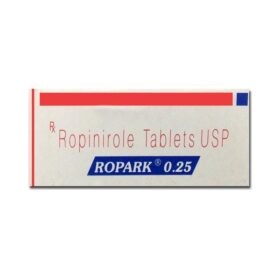 Ropark
Ropark









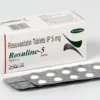
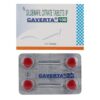
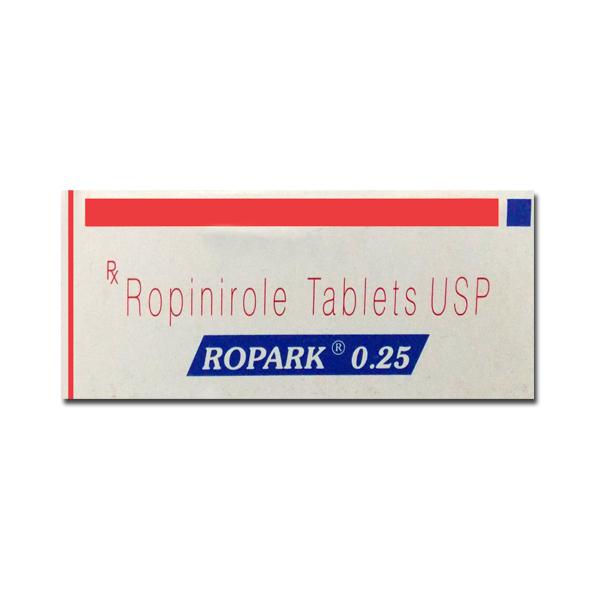
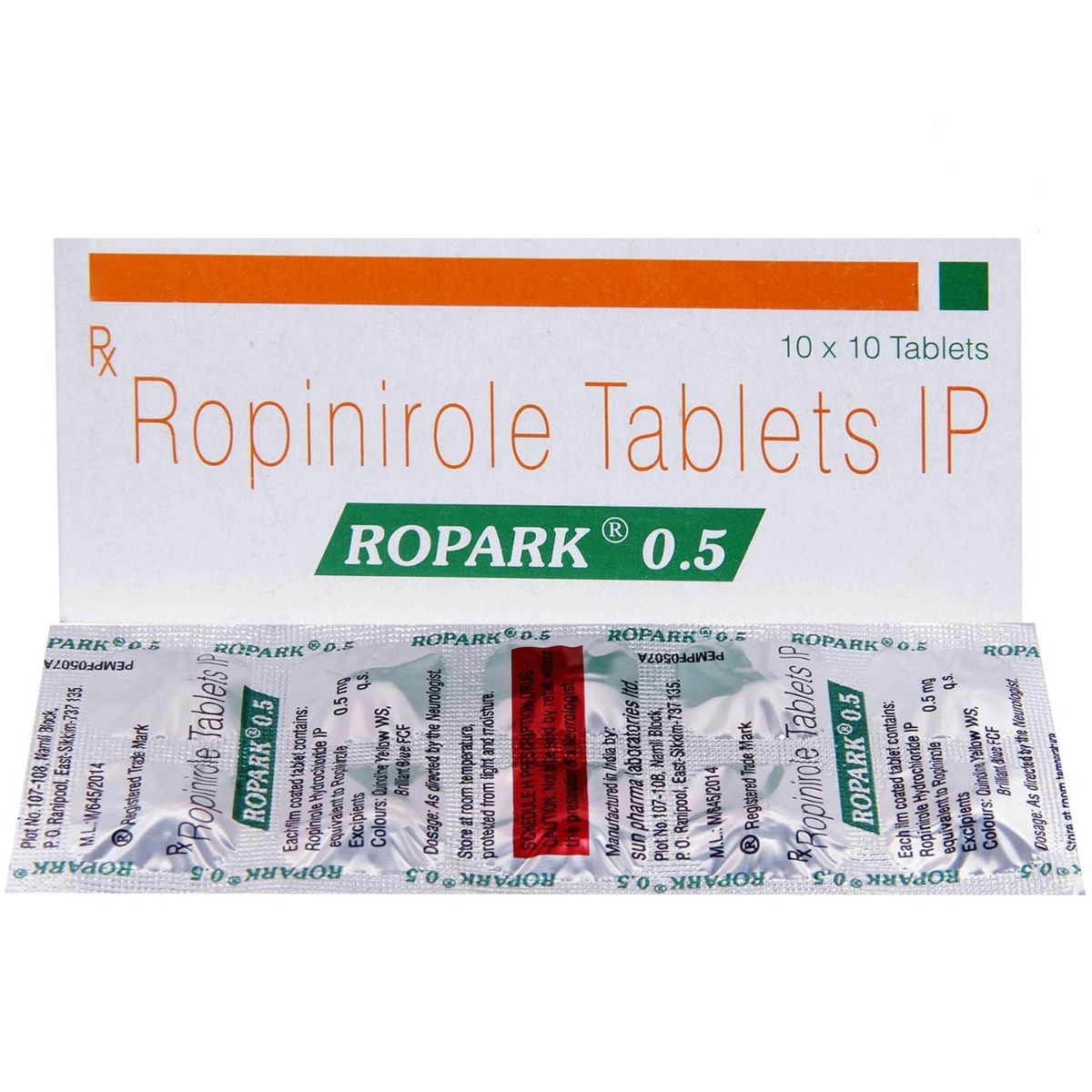
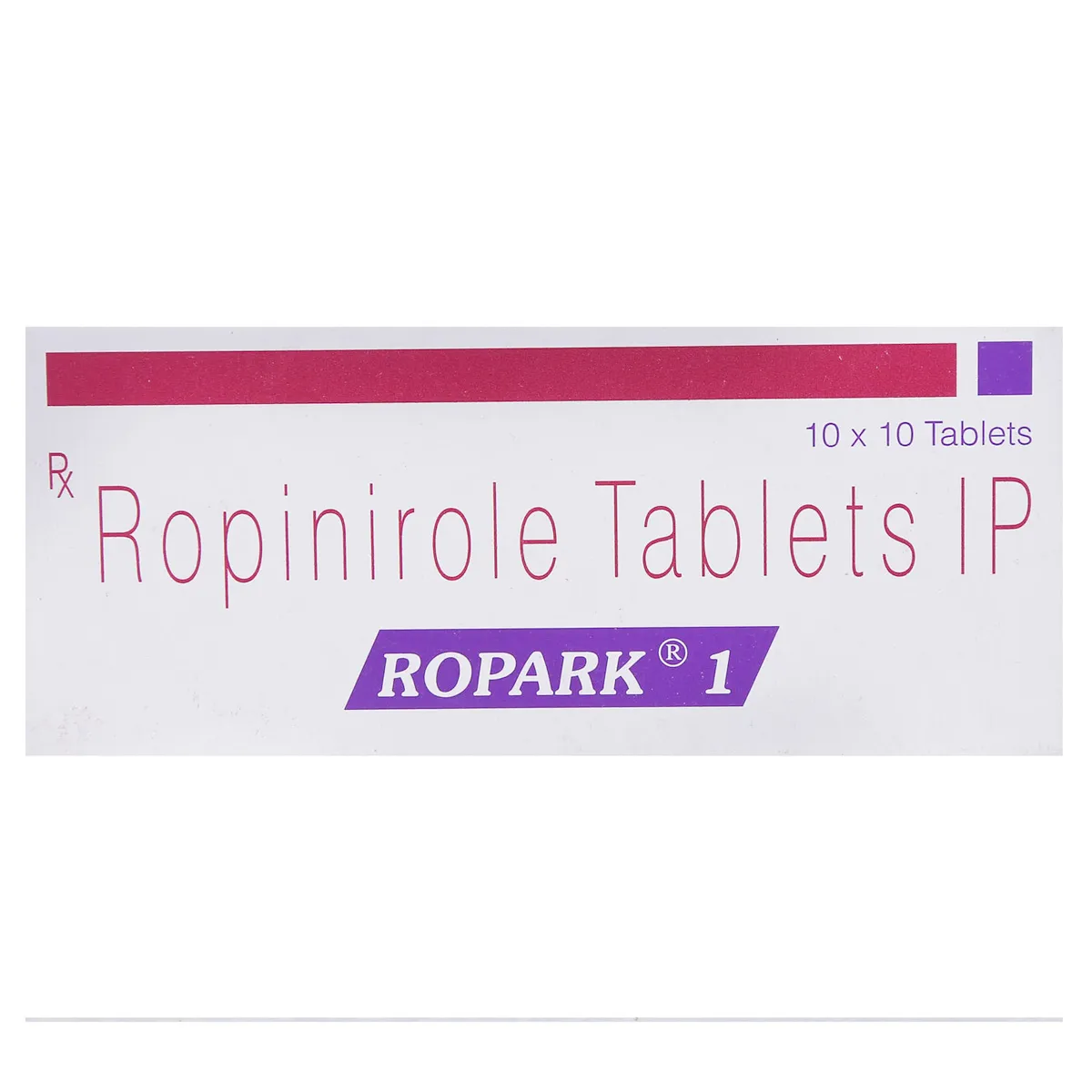
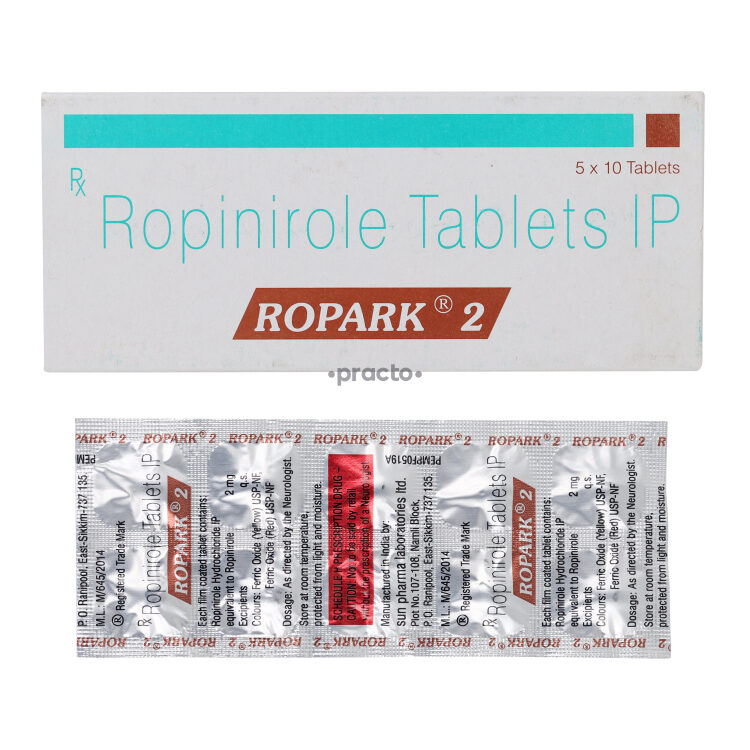
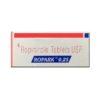
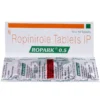
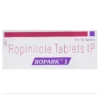
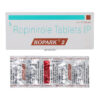
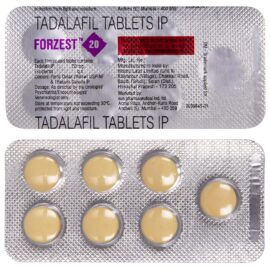
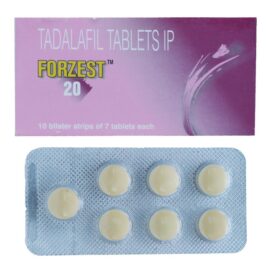
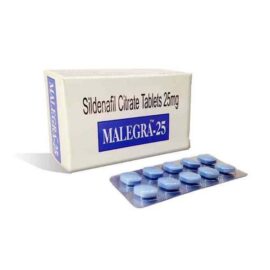
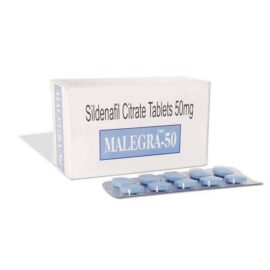


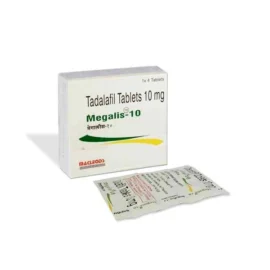
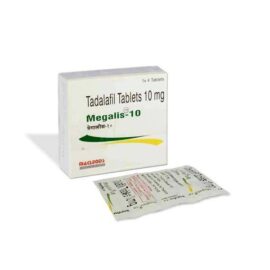
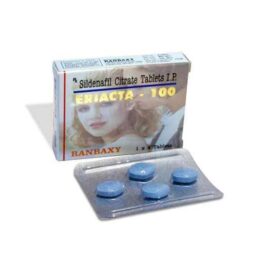
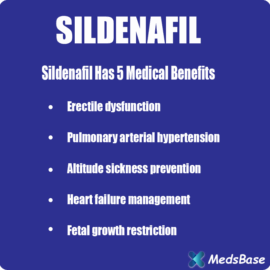
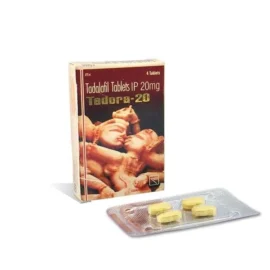

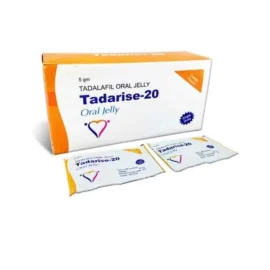
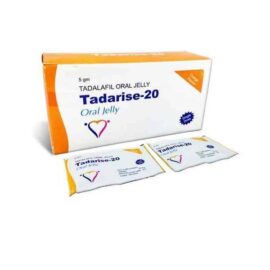
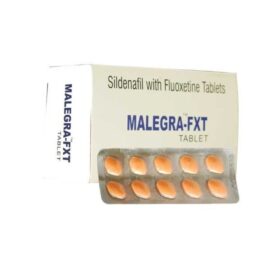
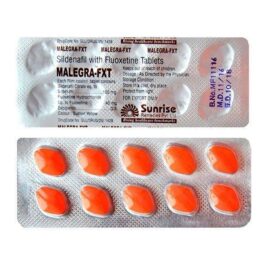
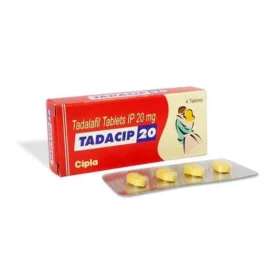
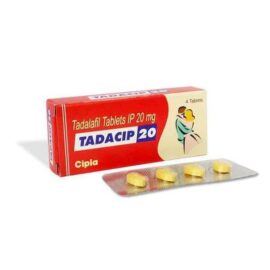
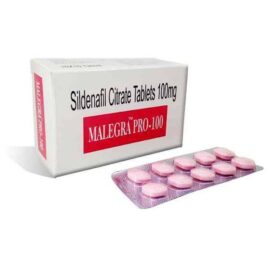
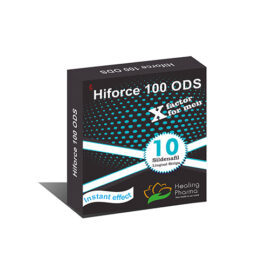
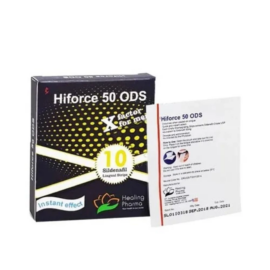
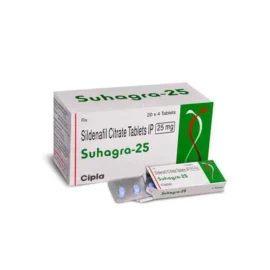
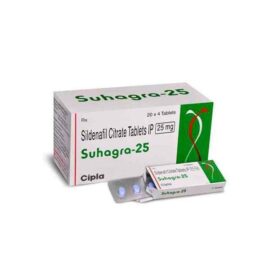
Reviews
There are no reviews yet